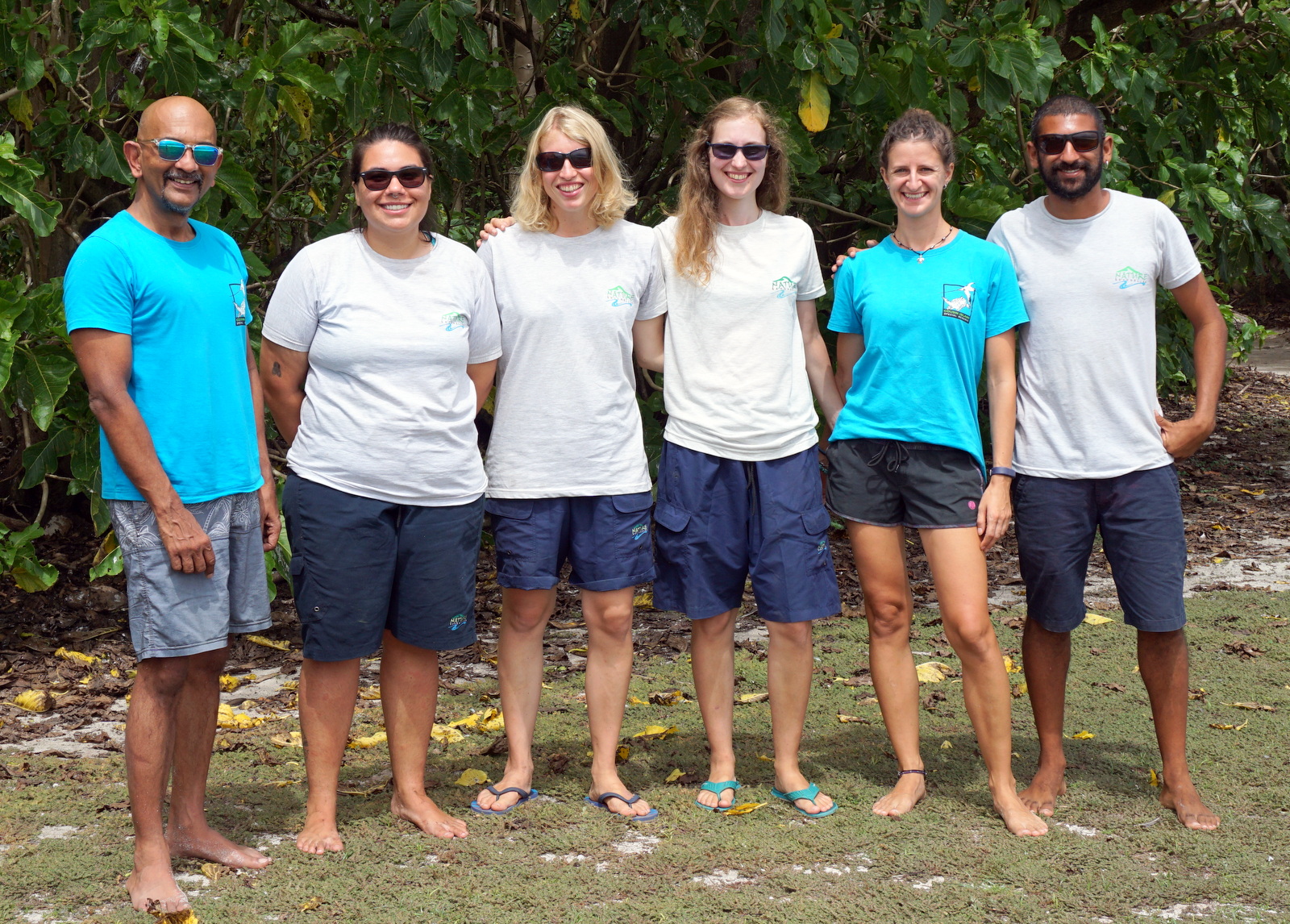Establishing and enhancing Queensland Parks and Wildlife Service & Partnerships (QPWS&P) and community relationships
The relationship between protected areas staff and the community is important for effective protected area management. The rapport Queensland Parks and Wildlife Service & Partnerships (QPWS&P), particularly rangers have with the local community, including the natural history association volunteers provides a suite of benefits for Lamington National Park and conservation.
The reciprocal relationship the associations have with QPWS&P sees the department providing the volunteers with QPWS&P volunteer uniforms, accommodation and meeting rooms, maintenance of the visitor centres, resources for other activities and a volunteer accreditation weekend every 2 years. The accreditation weekends span a full two days with accommodation, catering, guest speakers and venue supplied or arranged by QPWS&P. Guest speakers often include both QPWS&P and external experts in the field of environmental management. In return, the volunteers staff volunteer centres on weekends and school holidays providing park information to visitors and participating in park conservation projects.
Building and maintaining relationships with community volunteers in park management is enhanced by ensuring formalised, regular accreditation. By giving back to the volunteers and providing consistent messaging promotes longevity of the relationship and builds trust.
